Christmas is a globally recognised holiday with many interesting and varied traditions. Some countries seem to stick to more local, religious traditions while others branch out into a more modern and atheistic approach to the holidays.

In Spain Christmas is a thirteen day Event starting on December 24th with Christmas Eve and ending on January 6th, Three Kings Day. Celebrations start on December 24th with a festive meal, wine and desserts, and for religious people a special midnight mass called Misa del Gallo. This leads up to Navidad (Christmas) the next day where there is another family meal and the presents from Santa are opened. The festivities aren’t over yet though, December 28th is el Día de los Santos Inocentes, Holy Innocents day, which is a spanish april fools day, people go around playing pranks and having fun. New Year’s eve is the next Event in the holiday season, celebrated with a family meal and conversation until midnight where people partake in 12 uvas de la suerte (12 grapes of luck). In the last 12 seconds of the year people eat 12 grapes to encourage good luck in the new year. El Día de los Tres Reyes Magos, or Three Kings day is the final celebration in the holiday festivities. Three Kings Day starts on January 5th with a parade and children leaving a pair of shoes in their living rooms for the three kings to leave treats in. On January 6th the children wake up to see their treats from the three kings and celebrate their last day off before school starts back up.
Japan isn’t too big on celebrating Christmas like other, more christian based countries, Christmas isn’t a national holiday there either. While Japan doesn’t really celebrate Christmas they do have one or two festive season traditions, the main one being KFC instead of any other Christmas type meal. KFC on christmas day has been a tradition in Japan since 1979 when KFC launched their “Kurisumasu ni wa kentakkii!” (Kentucky for Christmas) campaign. The campaign really took off and nowadays to get a festive KFC bucket there people order months in advance or wait in lines over 2 hours long.
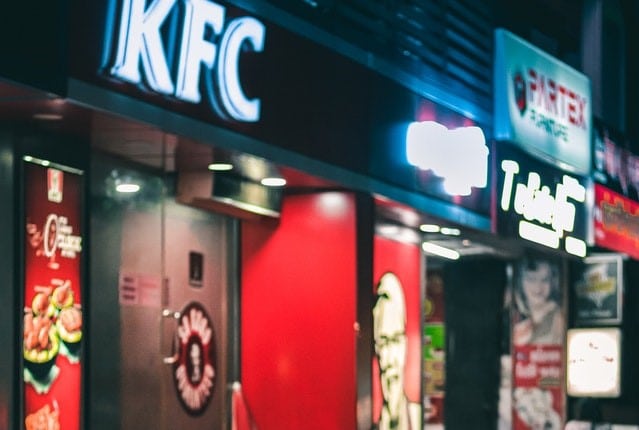
In El Salvador and other Central American countries Christmas is celebrated with firework displays and firecrackers. Children light firecrackers called Volcancitos and Estrellitas (little volcanos and little stars) to celebrate while older kids and adults tend to go for larger fireworks and roman candles instead.
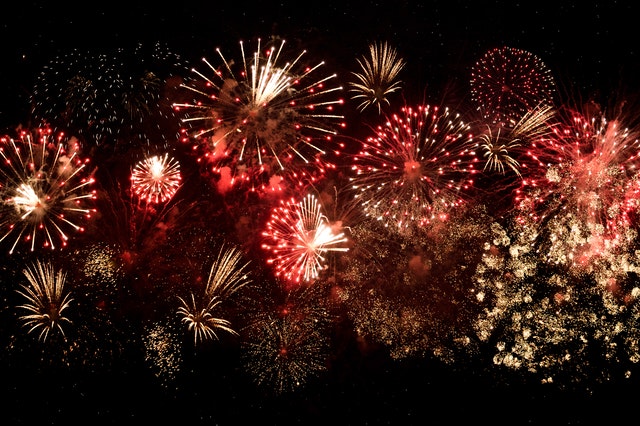
Switzerland has a more family orientated way to celebrate the festive season. At the start of the season Swiss families usually sit down together and make advent calendars for the lead up to Christmas. Some families make these calendars together while in some families the parents make them as a surprise for the children. Each day in the calendar has a bag with a treat in, the biggest treat being opened on Christmas Eve.
The Christmas season starts in early December in Mexico with Las Posadas, a march that re-enacts Mary and Joseph’s journey. Throughout the Christmas season Pastorelas (Shepherd’s plays) are performed to retell the story of baby Jesus and bright red poinsettia flowers are used for holiday arrangements and decorations.
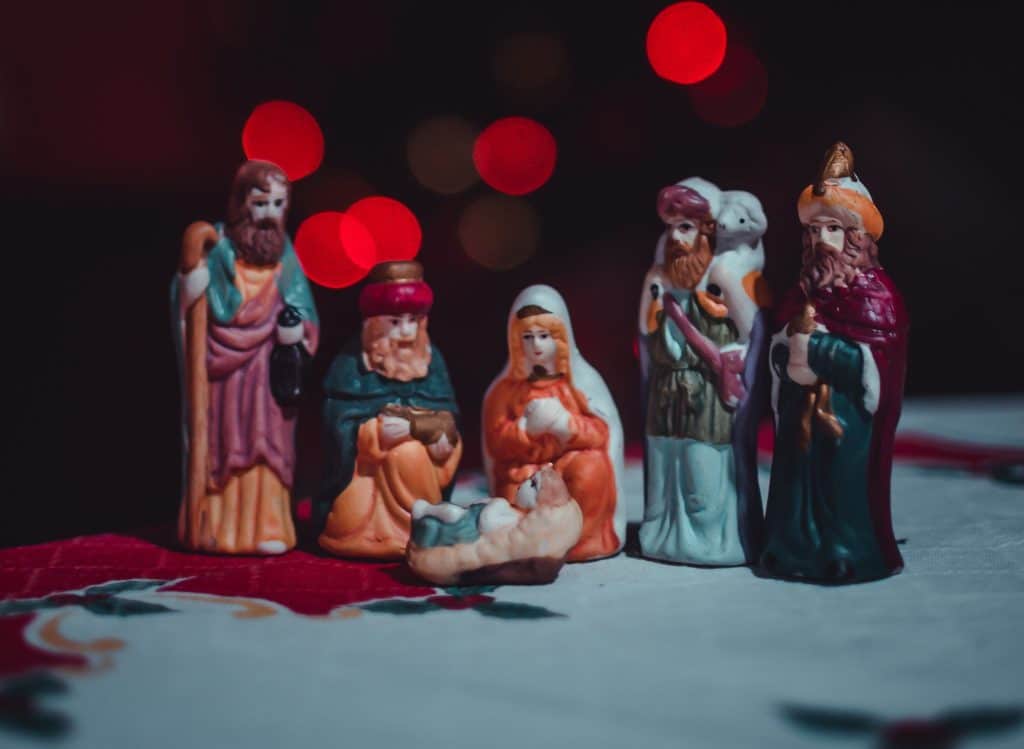
Nearly half of Ukraine’s population are Orthodox Christians, because of this Christmas is celebrated on January 7th there, in line with the Julian calendar. Orthodox Christmas is celebrated mostly the same way as Catholic Christmas (December 25th and based of the Gregorian calendar) with Christmas carols and a Christmas feast. A traditional Christmas meal in Ukraine is Kutya, this is made from cooked wheat mixed with ground poppy seeds and honey and sometimes nuts as well and some families have a tradition of throwing a spoonful at the ceiling to see if it stick or not, if it sticks then a good harvest is predicted for the new year.
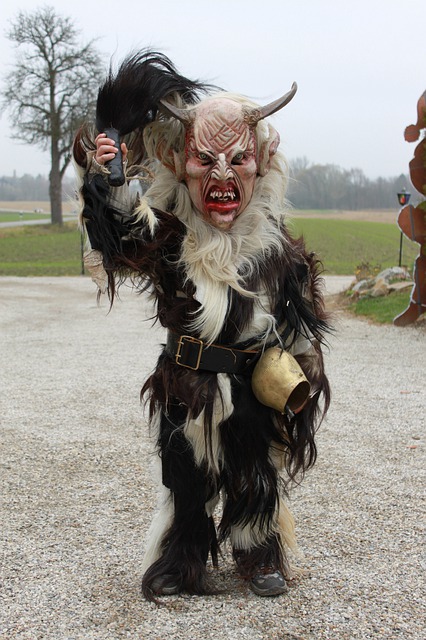
Austria and other Alpine countries celebrate their St Nicholas festivities slightly differently with the legend of krampus. The legend goes that on St Nicholas day Krampus and St Nicholas would visit children to see if they’d been good or bad, if they’d been good then St Nicholas would reward them with small treats but if they were bad Krampus would punish them.
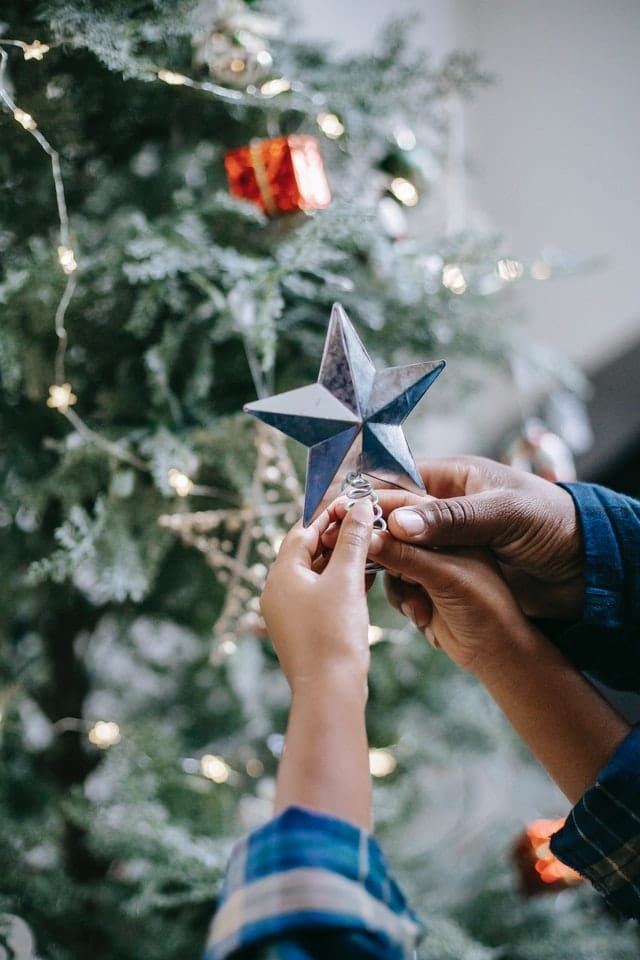
While Christmas traditions in South Africa differ from culture to culture there are two main traditions that seem to be consistent with most cultures. South African families have cookouts called Braaing on Christmas, they cook marinated steaks and sausages followed by Malva and custard for dessert. Traditional fir trees are decorated for Christmas as well with baubles and hand beaded African ornaments.
Brazil and Portugal follow some traditions similar to Spanish and Central American Christmas traditions such as Missa Do Galo, the Midnight mass, and firework displays. Something slightly different though is the Christmas eve celebration. The night before Christmas families come together to eat late, as late as 10pm and exchange Christmas toasts and gifts at the strike of midnight instead of toasting and receiving presents later that day.
The Netherlands also celebrate St Nicholas day during the Christmas season. In Dutch St Nichollas is called Sinterklaas, which means Santa Claus, this man was the inspiration for the Santa Claus legend so many of us know today. St Nicholas was said to wear a red cape and miter as well as have a white beard, the original version of what Santa Claus wears in modern tales. The night before St Nicholas day children put their shoes by the chimney or back door for St Nicholas to leave them little treats like gingerbread men, marzipan, and chocolate.
Poland celebrates Christmas with family, often sharing oplatek (an unleavened religious wafer) on Christmas eve. After sharing the wafer, people wait until the first star shows in the sky to sit down for dinner, leaving an open seat in case an unexpected guest shows up.
People in Barbados enjoy a Christmas feast each year, just not the kind with a roasted turkey. Instead they have a baked ham decorated with pineapple and sorrel glaze, a meat dish similar to haggis called jug jug, and rum cake. The jug jug dish was initially brought over by Scottish immigrants in the 1600’s an contains pigeon peas, guinea corn flour, herbs, and salt meat.
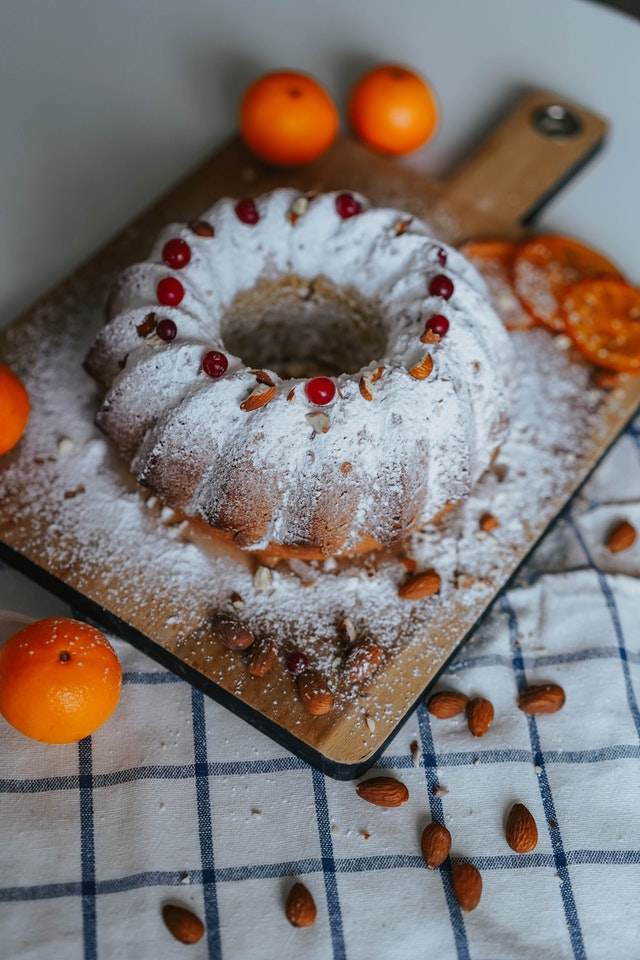
For Christmas people in Ireland leave a tall, red candle in the window to symbolise warmth and shelter during the holiday season. In terms of a Christmas meal the Irish like to keep it traditional with a roast goose, vegetables, cranberries, and potatoes.
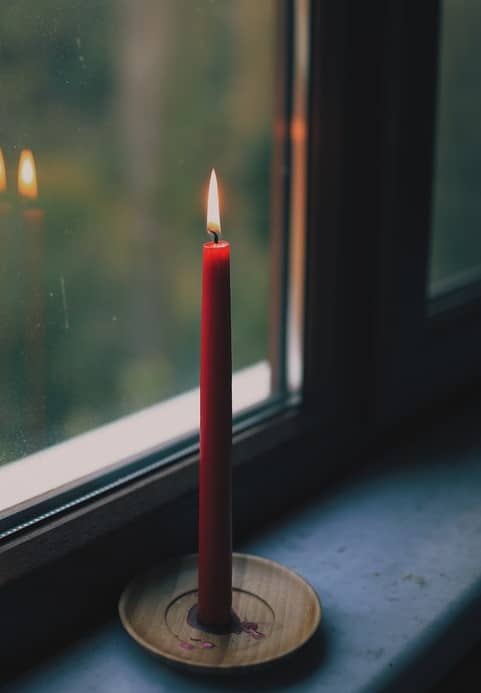
In Norway Julebord, the Christmas season, designs on December 3rd. Little Christmas happens on December 23rd with each family having their own traditions for the day which could range from tree decorating, making gingerbread houses or eating risengrynsgrøt, a hot rice pudding.
On the French Caribbean island of Martinique holiday traditions happen during advent (which begins on the 4th Sunday before Christmas and lasts until Christmas eve) as well as on New Year’s Day. The tradition is called la ribote and entails families visiting neighbours with food like boudin créole, pâtés salés, and pork stew, and yams. People also sing christmas carols until early morning, adding their own creole verses to the songs.
In Denmark Christmas and Jól, a celebration of the winter solstice, have merged together. During the holiday season people decorate their homes with nisser, a gnome-like mythological creature from Nordic folklore, because they are believed to bring protection. On December 24th families often put up their Christmas tree in the middle of their living rooms and sing and dance around it.
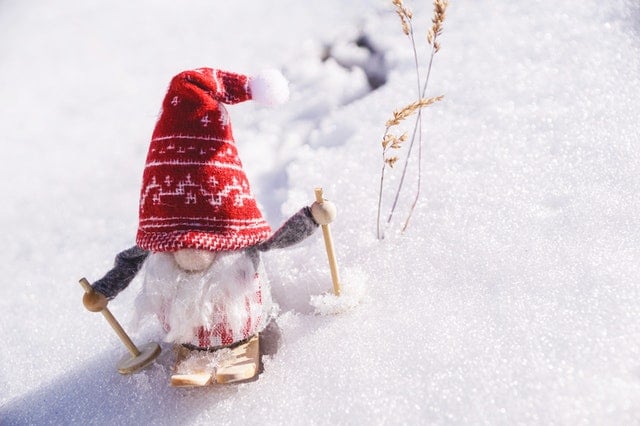
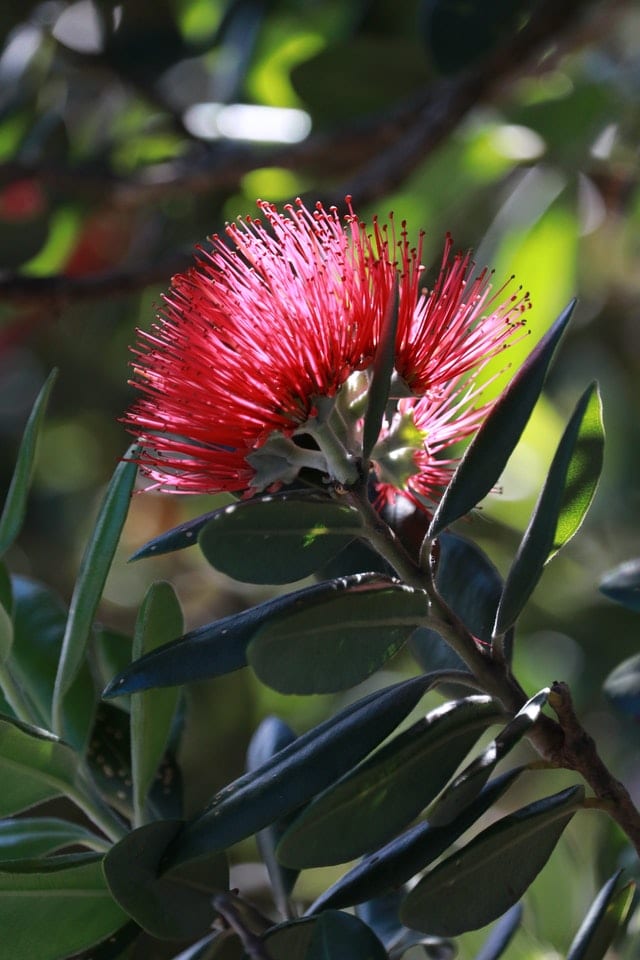
In New Zealand Christmas falls during summer which means some of their traditions have a more summery feel to them. The Christmas meal is often a family cookout on a BBQ with fresh seafood, meat, and seasonal vegetables. Unlike other countries New Zealand’s Christmas tree isn’t the traditional evergreen tree, it’s a Pohutukawa tree which has lots of red flowers all over it. After the cookout people will sing Christmas carols in both English and Maori.
Finland has a tradition similar to “king of the Bean”, a game played during Tudor times in England for Christmas. The game in Finland is a more relaxed, family version of the game where there’s bowls of rice porridge, often topped with milk, cinnamon, or butter, and an almond is placed in one, whoever gets the almond in their bowl wins. After a day of festive fun families spend time together enjoying a sauna break.
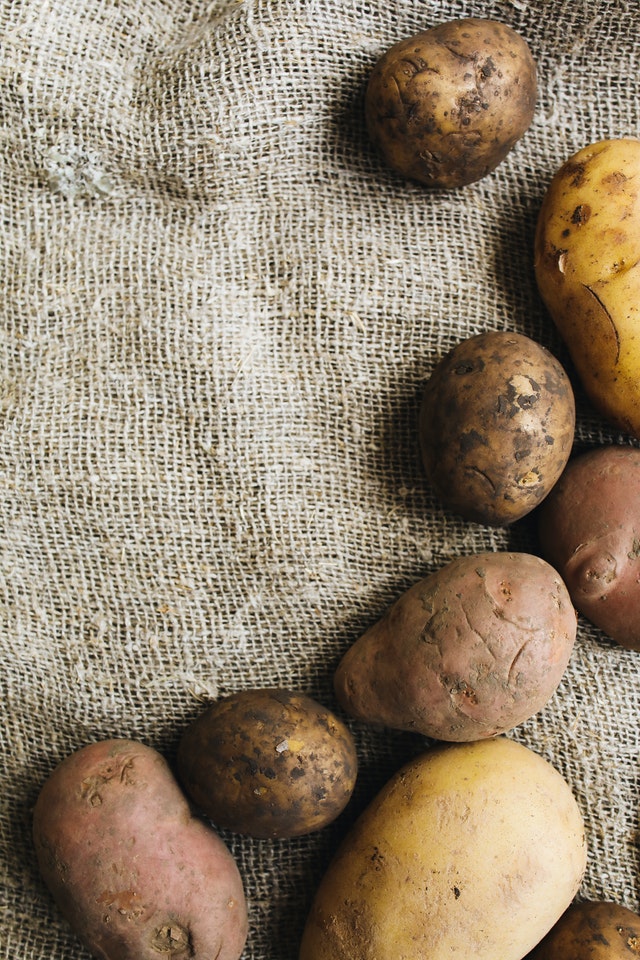
Iceland’s tradition is similar to the 12 days celebration, but instead of 12 days it’s 13. On the 13 nights before Christmas children leave their shoes out for the 13 Yule Lads to visit, if the children are good they receive sweets however if they are bad their shoes are filled with rotten potatoes.
The Philippines go all out for Christmas in a way similar but larger than the festivities in the United States, where people tend to go all out on decorations and light shows and family time. In the city of San Fernando in the Philippines a Giant Lantern Festival is held every year to celebrate Christmas, this festival is called Ligligan Parul. The parols, lanterns, in the festival are said to represent the star of Bethlehem and are made with many bright lights to make them dazzle as bright as possible.
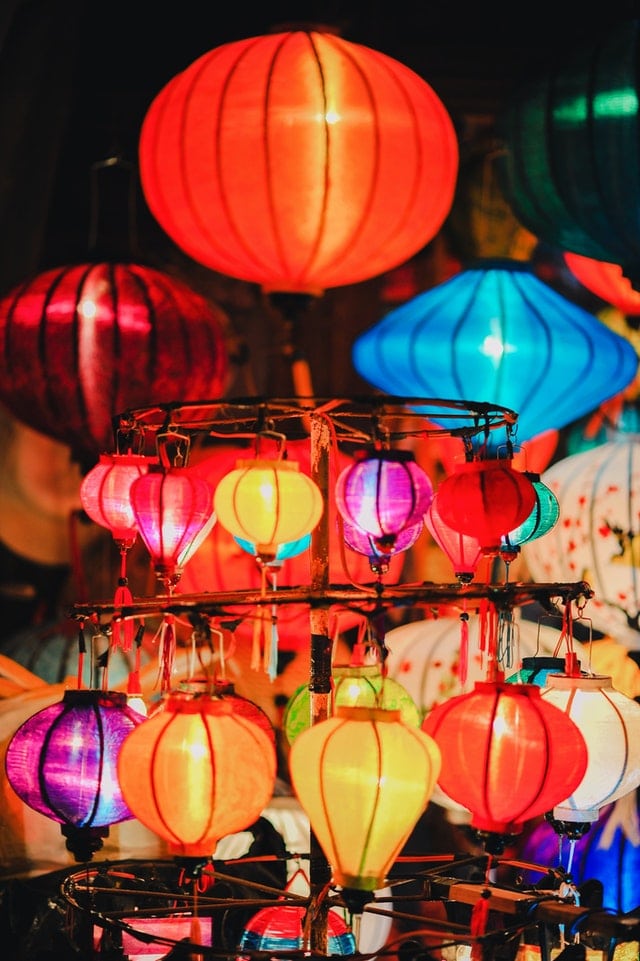
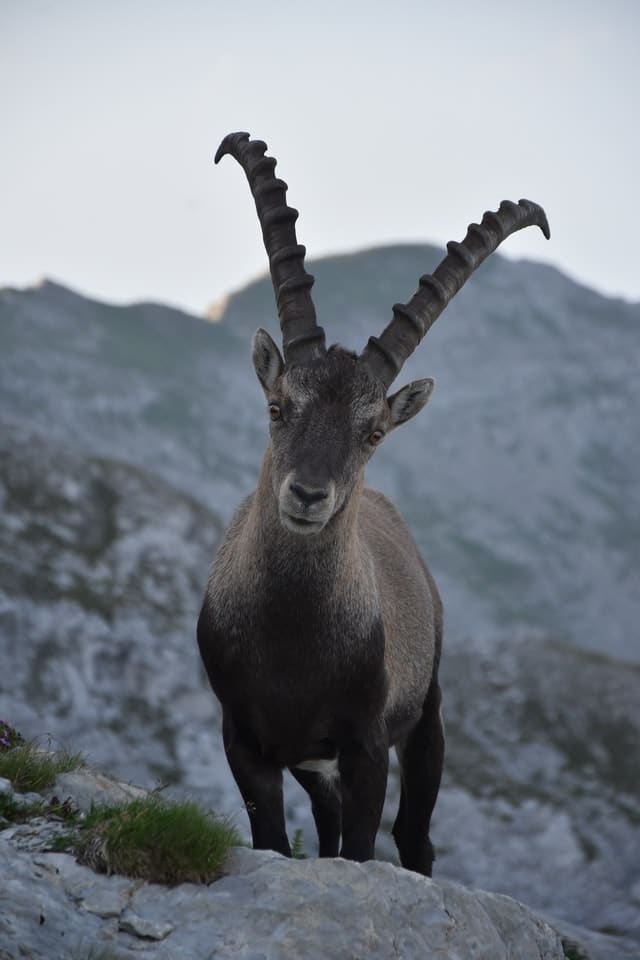
In Sweden the Yule Goat is a symbol of Christmas that was also used back when pagan festivals were still being held. The tradition of the Yule Goat was updated in 1966 when people came together to make a giant Yule Goat out of straw which is now referred to as Gävle Goat. Each year the Gävle Goat is built on the same spot, the building of the Gävle Goat is even live streamed and after the New Year the Gävle Goat is dismantled ready to be rebuilt the next Christmas.
Sources-
Alleyne, Caleigh. “These Christmas Traditions From All Around The World May Surprise You”. Country Living, 2021, https://www.countryliving.com/entertaining/g4933/christmas-traditions-around-the-world/
“Christmas In Spain – Spanish Christmas Traditions – Don Quijote”. Donquijote.Org, 2021, https://www.donquijote.org/spanish-culture/holidays/christmas/